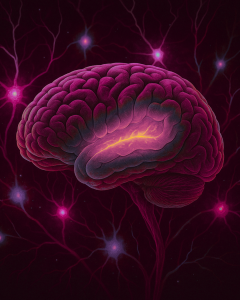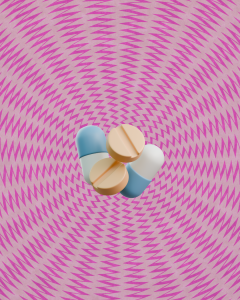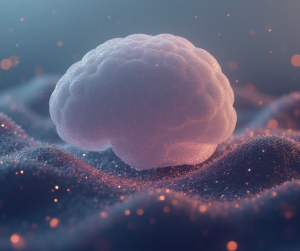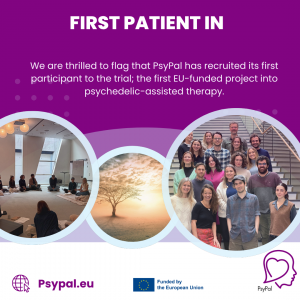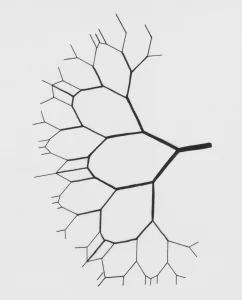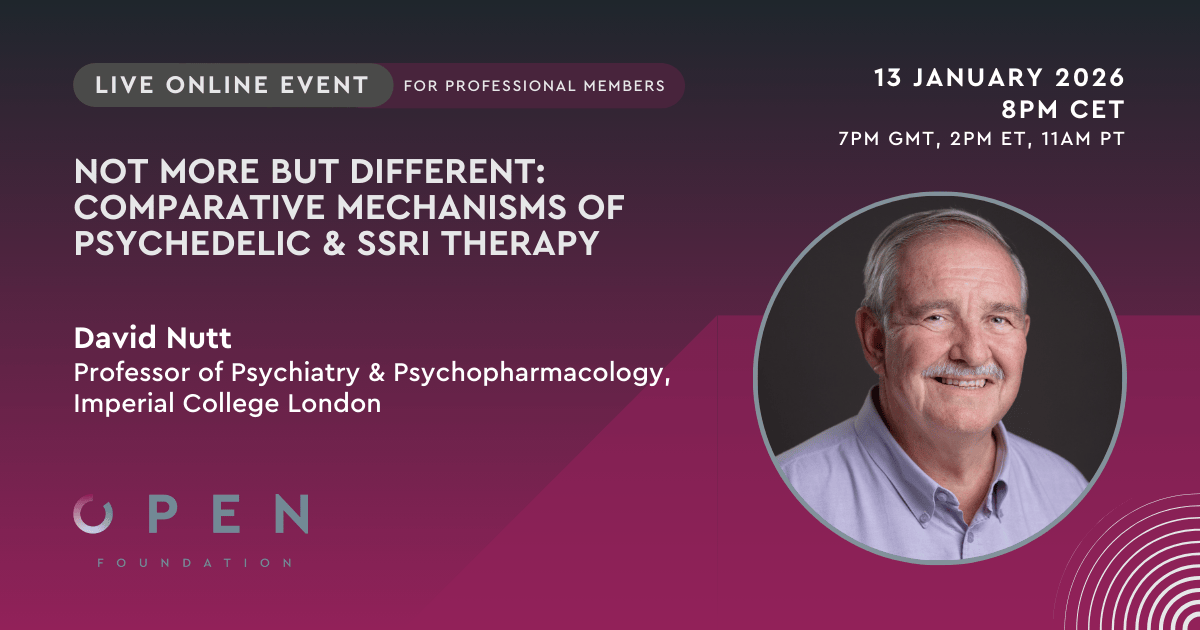Abstract
BACKGROUND: Subanesthetic doses of (R,S)-ketamine are used in the treatment of neuropathic pain and depression. In the rat, the antidepressant effects of (R,S)-ketamine are associated with increased activity and function of mammalian target of rapamycin (mTOR); however, (R,S)-ketamine is extensively metabolized and the contribution of its metabolites to increased mTOR signaling is unknown.
METHODS: Rats (n = 3 per time point) were given (R,S)-ketamine, (R,S)-norketamine, and (2S,6S)-hydroxynorketamine and their effect on the mTOR pathway determined after 20, 30, and 60 min. PC-12 pheochromocytoma cells (n = 3 per experiment) were treated with escalating concentrations of each compound and the impact on the mTOR pathway was determined.
RESULTS: The phosphorylation of mTOR and its downstream targets was significantly increased in rat prefrontal cortex tissue by more than ~2.5-, ~25-, and ~2-fold, respectively, in response to a 60-min postadministration of (R,S)-ketamine, (R,S)-norketamine, and (2S,6S)-hydroxynorketamine (P < 0.05, ANOVA analysis). In PC-12 pheochromocytoma cells, the test compounds activated the mTOR pathway in a concentration-dependent manner, which resulted in a significantly higher expression of serine racemase with ~2-fold increases at 0.05 nM (2S,6S)-hydroxynorketamine, 10 nM (R,S)-norketamine, and 1,000 nM (R,S)-ketamine. The potency of the effect reflected antagonistic activity of the test compounds at the α7-nicotinic acetylcholine receptor.
CONCLUSIONS: The data demonstrate that (R,S)-norketamine and (2S,6S)-hydroxynorketamine have potent pharmacological activity both in vitro and in vivo and contribute to the molecular effects produced by subanesthetic doses of (R,S)-ketamine. The results suggest that the determination of the mechanisms underlying the antidepressant and analgesic effects of (R,S)-ketamine requires a full study of the parent compound and its metabolites.
Paul, R. K., Singh, N. S., Khadeer, M., Moaddel, R., Sanghvi, M., Green, C. E., … & Wainer, I. W. (2014). (R, S)-Ketamine metabolites (R, S)-norketamine and (2S, 6S)-hydroxynorketamine increase the mammalian target of rapamycin function. The Journal of the American Society of Anesthesiologists, 121(1), 149-159. http://dx.doi.org/10.1097/ALN.0000000000000285
Link to full text

